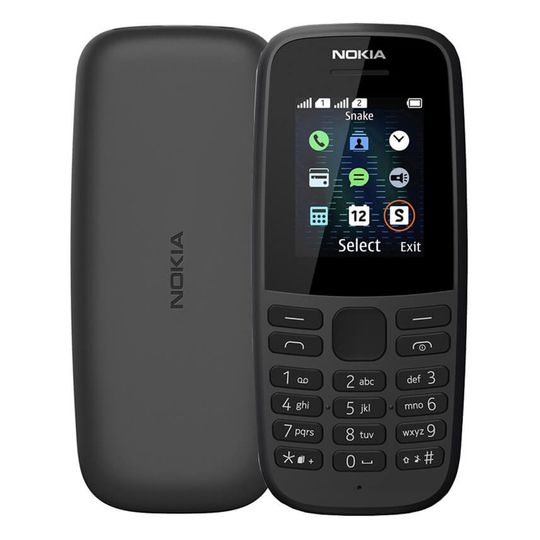Slipped away down a hallway at the headquarters of
Nokia Company is a reminder of the corporation’s 150-year history. This display that is very colorful traces the transformation of the company from just a maker of rubber boots, back in the 19
th century, to at one point the biggest manufacturer of smartphones in the world. At one point, the market capitalization went high to almost $250 million. Although, such high-flying days and tales are long gone.
A Deal to Rekindle Itself!
Nokia failed to adapt and capitalize on the fast rise of smartphones, something that eventually made it to sell its hesitating mobile business to Microsoft. In efforts to rekindle itself, presently the company has started to manufacture the telecom equipment which powers the mobile networks of global carriers such as China Mobile and Deutsche Telekom. This strategy will be facing its test soon when the company closes its $16.6 billion takeover deal of its rival Alcatel-Lucent – a Franco-American based, early next year.
Share-Swap
The shareholders of the company approved the deal on Wednesday 9th last week at Helsinki. Despite some minor resistance, the shareholders of Alcatel-Lucent are also expected to offer their support by year end. That will be through a share-swap arrangement that will be leaving them with nearly a third stake in the Nokia Company. The remainder will be held with the current Nokia shareholders.
Tough Competition and an Uneven Previous Takeovers!
The challenges facing the Finnish-based company are plenty. Nokia Company must sidestep the inconsistent past of previous takeovers within the telecom industry. Such takeovers have more than often yielded huge menace than solutions. The company is also faced with some rough and tough competition. That is with comparison to the low-cost Chinese rivals. Nokia’s CEO, Rajeev Suri (48 year old), claims that this acquisition is what his company has been looking forth to get in order to implement its years long makeover. This renovation has incorporated the sale of unwanted assets such as its digital mapping unit and cutting more than 17,000 jobs.
Should They Take Caution Of History?
As per history on the telecom industry, the Finnish corporation should be cautious. For example, the merger between Alcatel and Lucent technologies (back in 2006) led to wholesale layoffs, dwindling sales, and corporate infighting. Similarly, Nokia’s own joint venture with German industrial Giant – Siemens, faced such kinds of headwinds. This culminated in Nokia buying out Siemens back in the year 2013.

